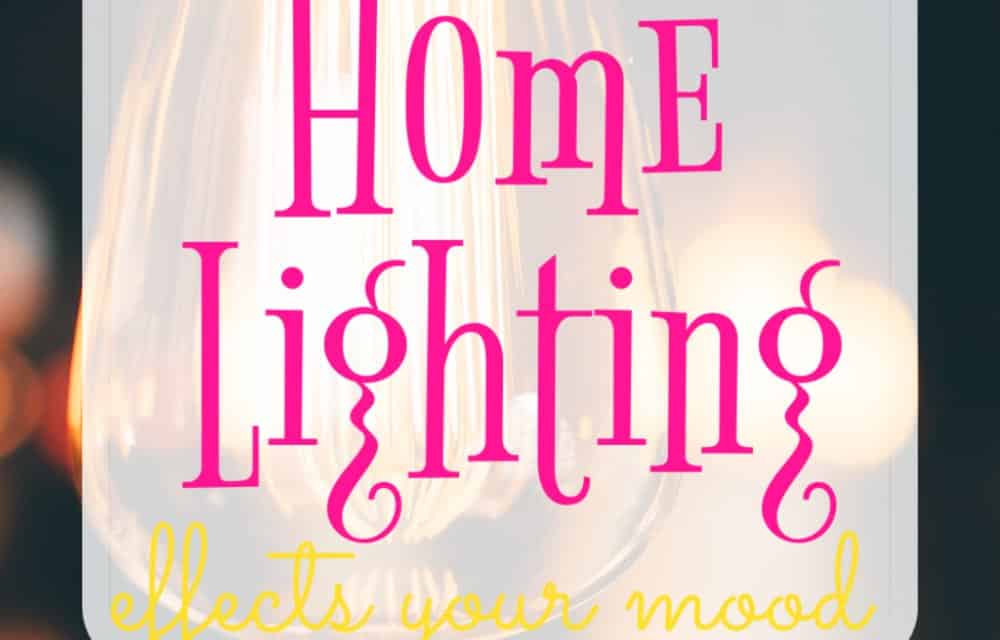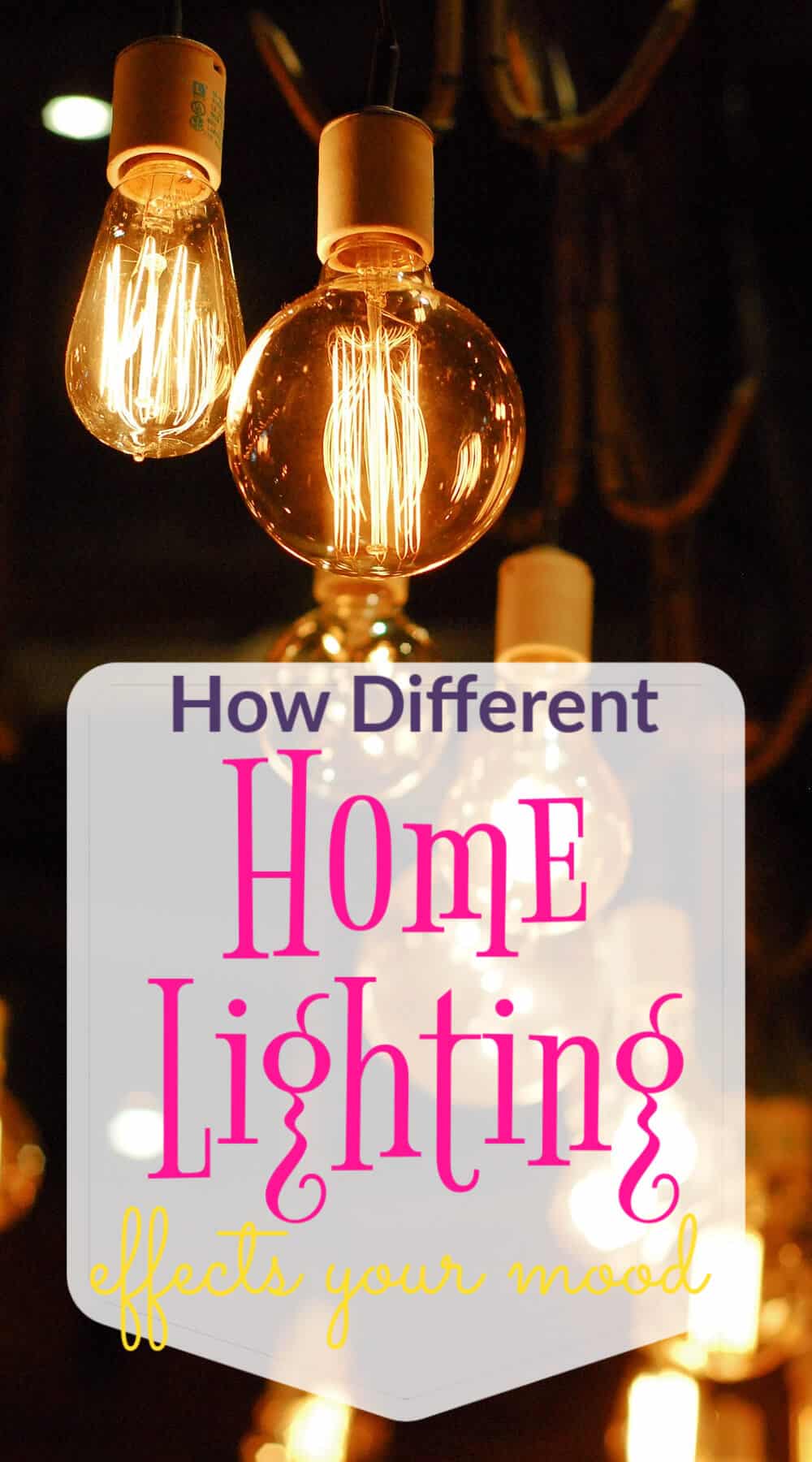A lot of factors can affect our moods, including the food that we eat and the temperature around us. Even the smell and the cleanliness of the environment will kill a good mood or boost a bad one in an instant. But if there’s something that we might not notice affecting our mood, that would be the lighting in the room that we’re in.
Lighting affects your mood in more ways than you expected. When you go outside during the sunny day, you’ll feel happy and springy and have a lesser risk of getting depressed throughout the day. On the other hand, when the weather is gloomy and there are cold winds blowing, you’ll also feel gloomy and somewhat irritated. This also applies to your home and workplaces.
Sufficient lighting in a room will make you keep focused and active at work. However, a dimly lit environment will make you lose your focus and you’ll become sleepy faster than you would want to be. Even perception and emotion also heightens when under an intense or poorly dimed light. It can also affect people’s appetite (humans eat slower on places with dimmer lightings). This is due to something called the “circadian rhythms.” Simply put, your circadian rhythms is the reason why you’re awake in the morning and make you feel tired in the night.
There are a lot of types of lighting and we use each for a certain reason. Listed in this article are the most common types of lighting that are used at workplaces, homes, and in the medical facilities. The effect varies from situation to situation.
Surgical Lights
Surgical light can commonly be seen in operating rooms in hospitals and clinics. Even though surgical lights are commonly used in operating rooms, they are placed as far as possible from the operation. This is because the surgical light significantly affects the laminar airflow, according to NCBI. This is not the only impact of surgical lights in the operation, because the right lighting can improve the productivity of the medical staff and surgeons, as well as decreases chances of errors.
Incandescent Light Versus Halogen Versus LED
Incandescent lighting is the oldest among the types of lighting featured in this article. It was back on October 14, 1878, when Thomas Edison patented his practical incandescent lamp. Since then, it has been in use on infrastructures and houses, where it is the only available lighting option. Incandescent lighting bulbs are known for being inefficient in energy and can damage fabrics and artworks. They create a warm yellow light, which is dim for most people. These lights are dimmer than Halogen and LED, which can affect your decision making processes for food. This kind of light will help you relax, but it will also help you consume more food than you would want to.
Halogen lighting is considered to be an upgrade of the incandescent lighting. It works just the same as the incandescent lighting, but with a minor difference. Halogen bulbs use halogen gas to mix with tungsten vapor, which extends the life of the bulb and makes it possible to work on higher temperatures. These bulbs produce brighter light, which makes it a better choice than incandescent bulbs when you want to focus on getting things done. Because it still uses extremely hot temperature, it will also damage fabrics and artworks.
And last, but not least, is the LED or the light-emitting diodes. This is the most efficient and most lasting lighting option today. The LED works with two semiconductors; one carrying electrons and the other one carrying holes. In order to create light, a current is passed through the junction of both semiconductors. LED is a good option for lighting in colder places due to its independence to a higher temperature to be able to emit bright light. This option also lasts longer than the two previously mentioned lightings. They are also available in different lights and colors, which you can control via an app to suit your current lighting needs. You can turn it on bright to start exercising or you can turn the brightness down to help you relax on weekends and in the evenings. You can also use this kind of lighting for decorating the interior of your house.






